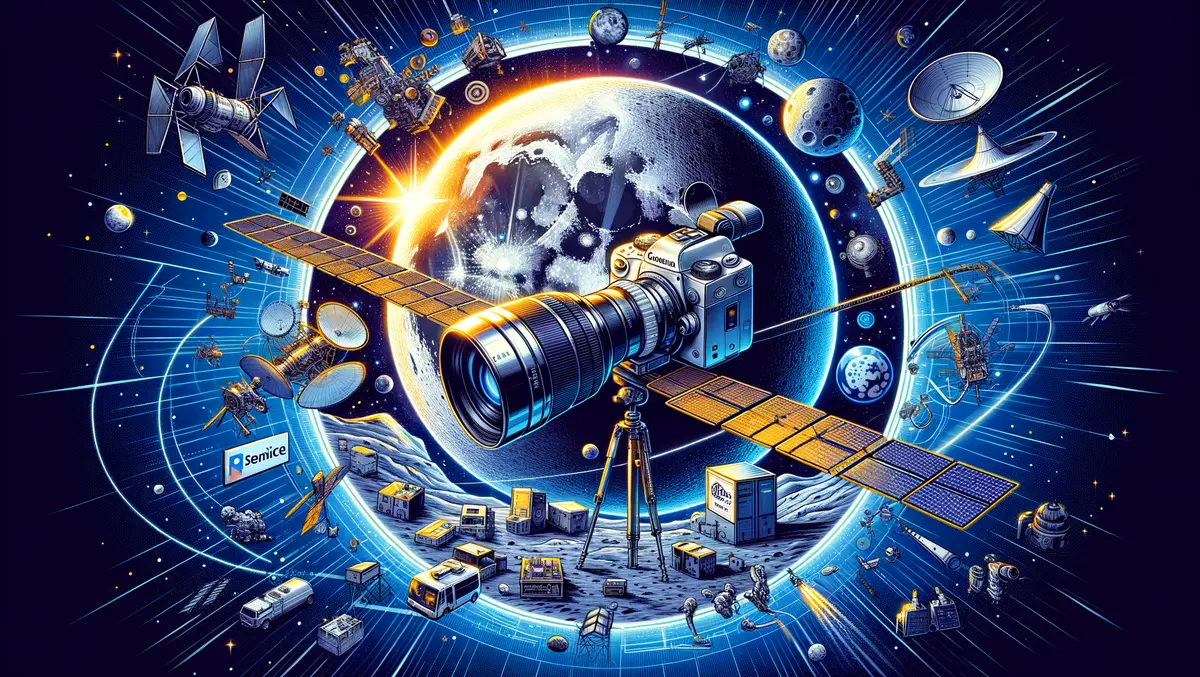
Nikon Corporation's subsidiary, Nikon, has announced its partnership with the National Aeronautics and Space Administration (NASA) in a pioneering Space Act agreement. This collaboration concerns the Handheld Universal Lunar Camera (HULC) development, specific to Nikon's Nikon Z 9, a mirrorless full-frame flagship camera. NASA's Artemis III mission will utilise this redesigned technology, marking it as the official handheld camera for the crew's lunar return.
The Artemis initiative endeavours to establish sustainable scientific lunar research and exploration, forging a path for future travel to Mars. NASA and Nikon Inc.'s collaboration ensures the advanced Nikon Z 9 will withstand harsh lunar conditions and provide an efficient, optimal platform for capturing image and video documentation of this pivotal mission.
Scheduled for September 2026, the Artemis III mission marks a historic moment for humanity – the first lunar landing since 1972, and the first woman to walk on the moon. The mission encompasses a 30-day lunar orbit, culminating in a seven-day lunar surface stay for two astronauts. During this period, they will conduct research and multiple moonwalks before joining the remaining crew in the Orion spacecraft to return home.
The integration of Nikon technology in such a challenging environment necessitates significant modifications. The moon's hostile environment can damage electrical components with extreme temperature fluctuations and cosmic radiation bombardment. In response, Nikon’s engineers are collaborating with NASA to optimise camera reliability within these conditions. Measures include a redesign of circuits and control sequences to endure extensive radiation, and extensive vacuum thermal testing to ensure operational status when approximately 383,000 kilometres (238,000 miles) away from Earth.
Extravehicular activities (EVA), such as moonwalks, present further engineering challenges for the Nikon Z 9. A NASA-developed custom grip will enhance the camera's usability for astronauts wearing bulky spacesuits, bearing familiar controls such as a shutter release, playback, and still/video capture switching. For added protection, NASA will create a special “thermal blanket” for the camera, lens, and housing mirroring those used in space station exterior spacewalks. Furthermore, select NIKKOR Z lenses will also undergo modifications to endure the harsh lunar environment.
The mission-specific firmware will reflect changes made in-camera, such as different circuitry, noise reduction expansion for lower shutter speeds, modified default settings and controls for exterior missions, and simplified communication control to conserve power when transmitting images from space to Earth. Other changes include shutter shield optimisation, enhanced HDR functionality, and modified default settings for menu items.
Nikon and NASA share a historical collaboration that dates beyond the Apollo 15 mission 50 years prior. This consistent partnership has fostered technological advancements in the realm of space imaging, with Nikon cameras and lenses regularly aiding NASA's space exploration, the company shares. Notably, the recent delivery of an unmodified Z 9 camera to the International Space Station exemplifies this ongoing symbiosis. As we edge closer to unchartered exploration beyond Earth, the NASA-Nikon partnership continues to revolutionise our perceptions of the cosmos.
